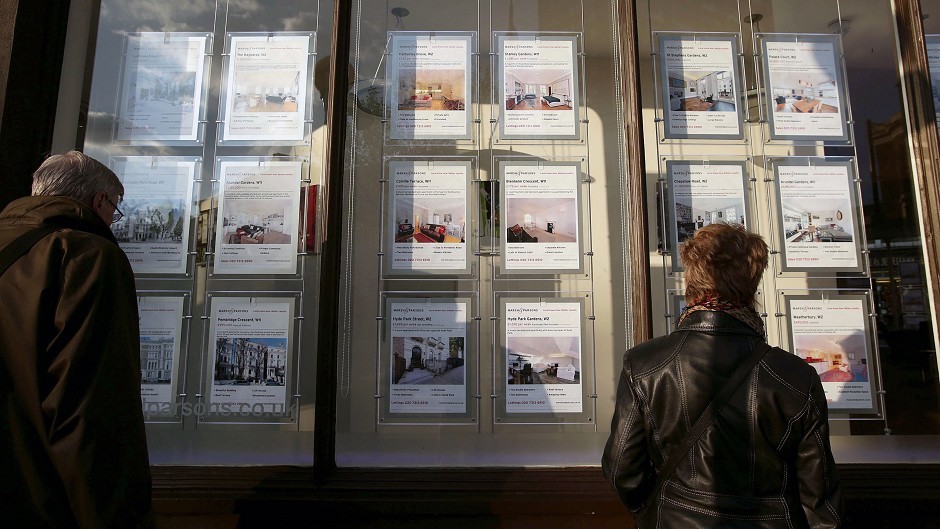John Swinney’s claim that the Scottish replacement of stamp duty would not increase taxes has been undermined by independent analysis.
The deputy first minister insisted that the land and buildings transaction tax (LBTT), which comes into force today, would be “revenue neutral”.
However, research carried out by the Scottish Parliament Information Centre (SPICe) showed that had the tax been in place in 2014, Scottish property buyers would have forked out nearly £30million more than under stamp duty, with purchasers in Aberdeen and Aberdeenshire among those suffering most.
Earlier this year, the Scottish Government gave in to Conservative pressure and reduced the tax rate on homes over £250,000.
The Scottish Conservatives said the new system was still “still considerably more punitive” than that used across the UK.
Scottish Tory leader Ruth Davidson said: “When the SNP launched its plans to replace stamp duty, we were told that it did not plan to raise any more tax than the system it inherited.
“But these figures show that the Scottish Government is actually planning to raise an extra £30million from house buyers. It’s a tax grab on Scottish home buyers.
“This is the first tax that the SNP government has taken control over at the Scottish Parliament, and it’s clear its first instinct is to hike taxes, not cut them.
“This is exactly what the SNP would try to do if it got its hands on the levers of power at Westminster too.”
The SPICe analysis showed that LBTT would have raised £193.8million last year, compared to £164.6million from stamp duty.
LBTT would have raised £4.8million more in Aberdeen, £1.7million more in Aberdeenshire and £300,000 more in Argyll and Bute.
However, Orkney, Shetland and the Western Isles would have been revenue neutral while house buyers in Moray would have saved £300,000 and those in Highland would have saved £400,000.
